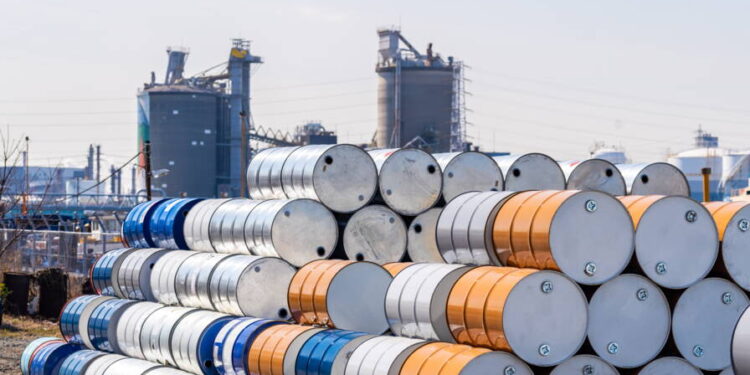Oil prices jumped more than 10% this Friday, June 13, after massive Israeli strikes on military and nuclear sites in Iran. While the spectrum of a regional war is becoming clearer, the markets fear major disruptions in global energy supplies.
In the early hours of Friday, June 13, 2025, Israel launched a vast military operation – called “Rising Lion Operation” – targeting at least 100 military and nuclear targets in Iran, including Natanz, Ispahan and those related to ballistic missiles. Among the victims are high-ranking figures: General Mohammad Bagheri, Iranian chief of staff, and Hossein Salami, commander of the CGRI, were killed.
The attack described by Israel as a “preventive” gesture to counter what it considered to be an imminent nuclear threat, resulted in a rapid escalation: Iran retaliated with more than 100 drones towards Israel, pushing to close regional air environments.
In the markets, the reaction was immediate: the price of a barrel WTI jumped from 10.41% to $ 75.10, while the Brent took 10.15%, reaching $ 76.40. Other sources evoke even stronger increases: up to +12% for WTI and +11.7% for Brent. Reuters reports prices over 9%.
The operation occurs while the American -Iranian negotiations were already at a standstill following a blame of the IAEA towards Tehran for its lack of cooperation.
On the other hand, the IMF estimates that an increase of 10% of oil increases global inflation by approximately 0.4% for two years. From there, the financial markets reacted with volatility: actions drop in Europe and Asia, the American clues plunge, while gold progresses.
In addition, analysts fear that the expansion of the conflict will disrupt traffic at the Strait of Hormuz, a vital path for 20% of world maritime oil.








